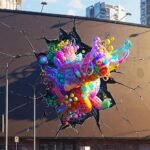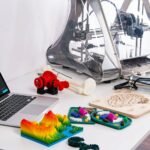Geometry art is a captivating fusion of mathematical precision and artistic creativity, captivating artists and audiences alike for centuries. By skillfully using shapes, lines, angles, and patterns, artists create visually stunning works that harmonize logic and imagination. Rooted deeply in mathematical principles, this art form showcases the seamless interplay between structured reasoning and boundless creative expression.
The Mathematical Foundation
Geometry art relies on concepts like symmetry, tessellation, fractals, and the golden ratio, which artists use to create intricate and harmonious designs. Symmetry, for instance, occurs when one half of an image mirrors the other, establishing balance and visual appeal. It can take forms such as reflectional (mirror-like), rotational, and translational symmetry. Dutch artist M.C. Escher, renowned for his mathematically inspired work, brilliantly showcases this in his piece Circle Limit III. In this work, he employs hyperbolic geometry to craft a mesmerizing pattern of interlocking fish, illustrating how complex mathematical ideas can transform into stunning visuals.
The Role of the Golden Ratio
The golden ratio, approximately 1.618, serves as a cornerstone of geometry art and is often considered key to aesthetically pleasing proportions. Found in nature—such as the spiral arrangement of leaves or the structure of seashells—it is closely tied to the Fibonacci sequence, where each number is the sum of the two preceding ones (e.g., 1, 1, 2, 3, 5, 8…). As the sequence progresses, the ratio of consecutive Fibonacci numbers approaches the golden ratio. Artists like Leonardo da Vinci harnessed this principle in masterpieces like the Mona Lisa to achieve balance and beauty. In contemporary geometry art, designers use the golden ratio to create spirals, rectangles, and other forms that guide the viewer’s eye in a harmonious and flowing manner.
Fractals: Infinite Complexity in Art
Fractals, geometric shapes that repeat at different scales, represent another fascinating intersection of mathematics and art, discovered by mathematician Benoit Mandelbrot and appearing in nature—think snowflakes, coastlines, or tree branches. Artists draw inspiration from these patterns to create intricate, infinitely zooming designs, often using digital tools and computer algorithms to generate breathtakingly beautiful fractal art, showcasing how mathematics fuels artistic innovation.
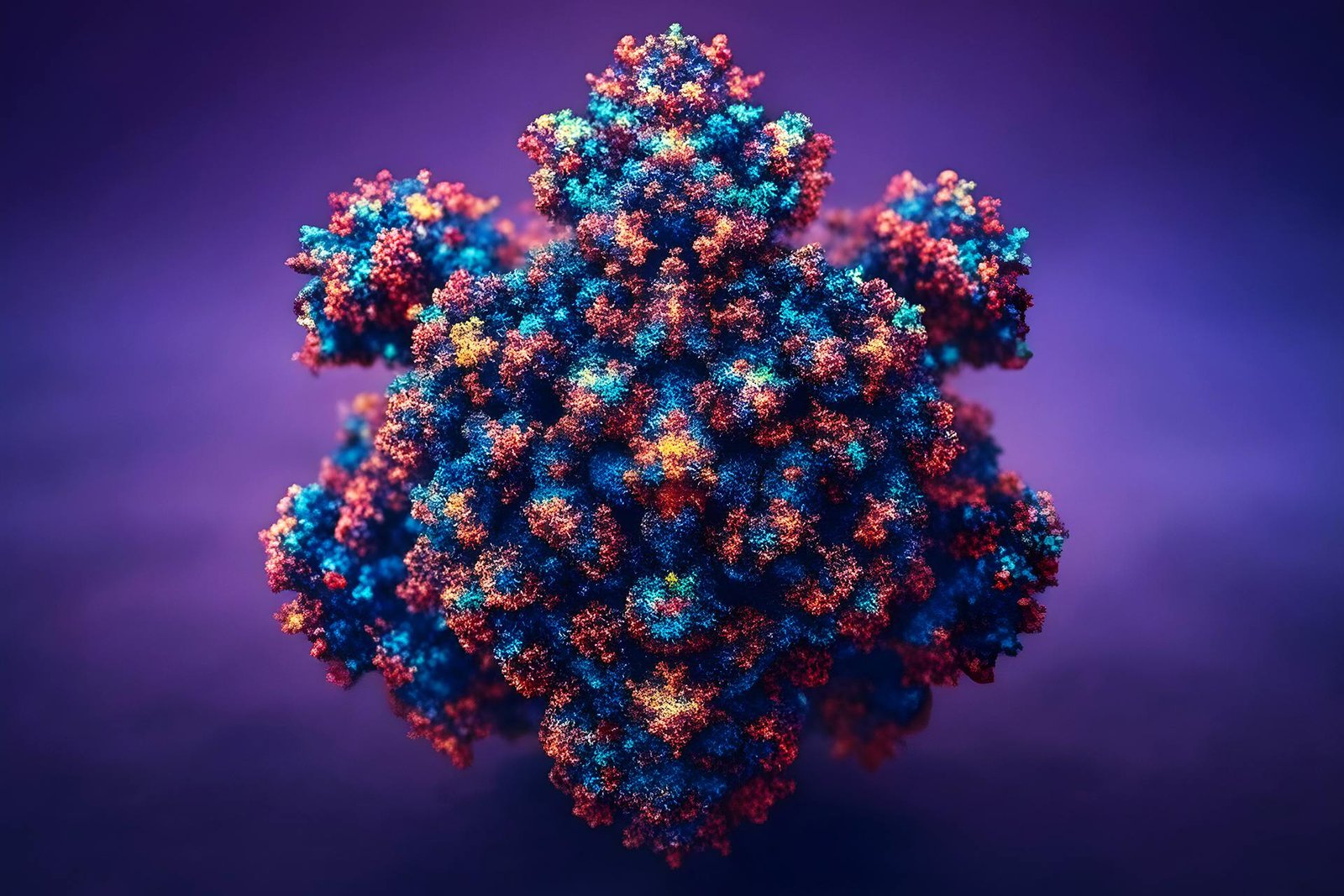
Tessellation: Tiling the Plane
Tessellation, the process of tiling a surface with repeating geometric shapes that fit perfectly without gaps or overlaps, is central to geometry art, seen in ancient mosaics and popular today. Regular tessellations use one regular polygon, like squares in a checkerboard, while semi-regular tessellations combine multiple polygon types. This method often pairs with hyperbolic geometry to form captivating, surreal designs.
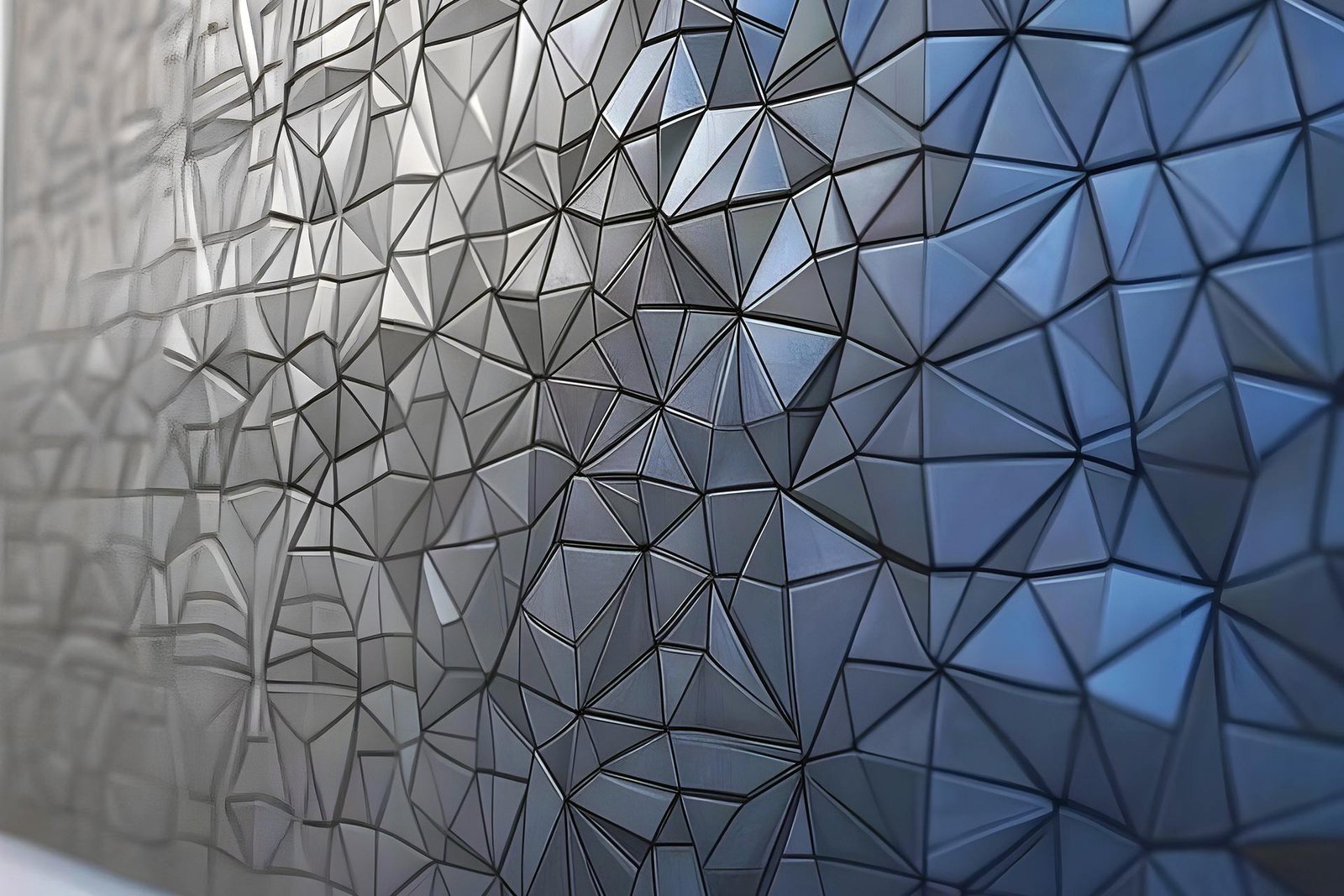
Hyperbolic Geometry: A Curved Perspective
Hyperbolic geometry, a fascinating branch of non-Euclidean geometry, provides a striking lens for geometry art. Unlike Euclidean geometry, where only one line passing through a point outside a given line can be parallel to it, hyperbolic geometry permits infinitely many such parallel lines. This fundamental difference creates a curved, expansive space that challenges artists to visualize and depict. By using techniques like repeating shapes that shrink toward a boundary, artists can evoke a sense of infinite depth and complexity within a finite area, resulting in mesmerizing and thought-provoking designs.
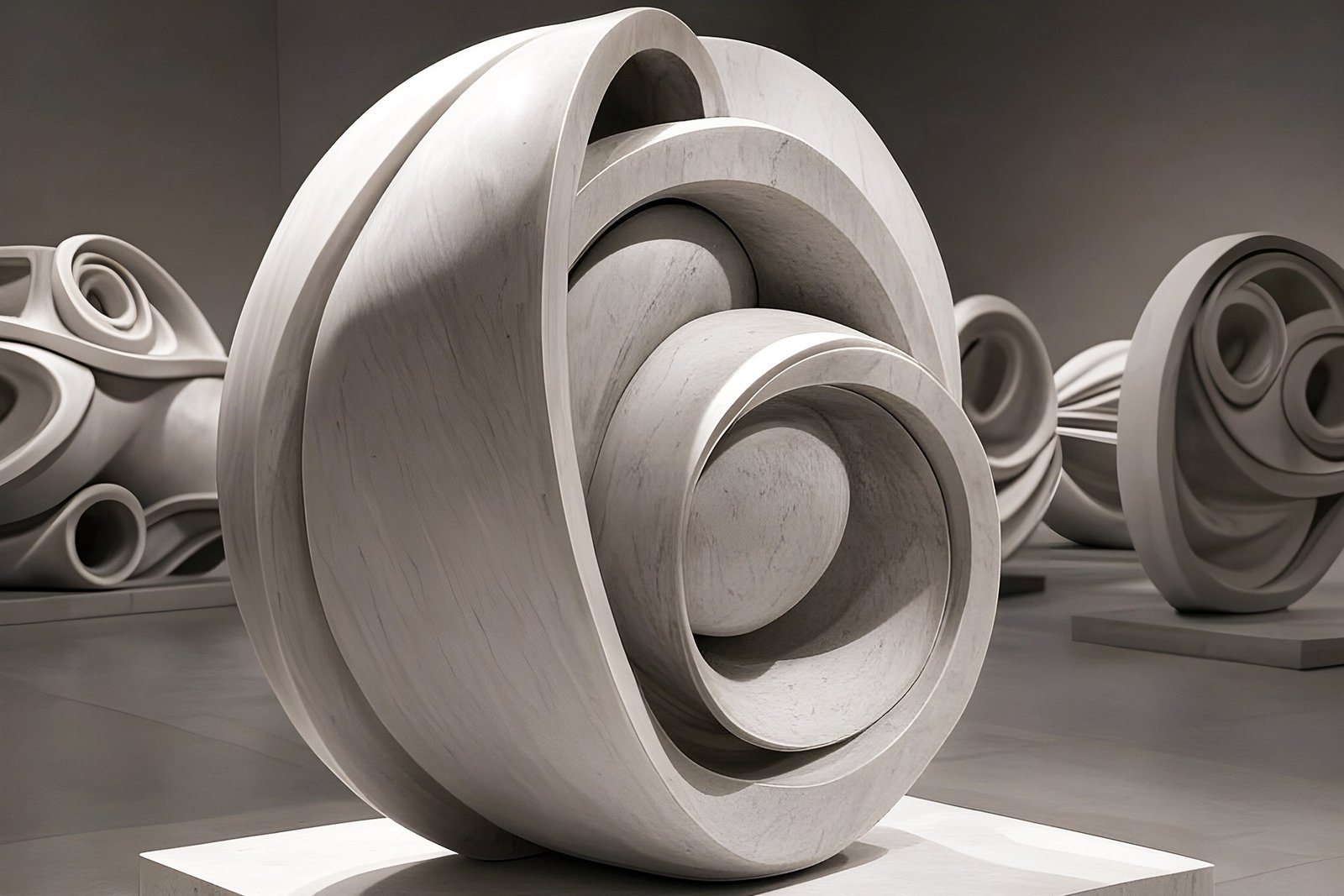
Geometry Art in the Modern Era
Technology has revolutionized geometry art, expanding possibilities and reach, with digital tools enabling artists to experiment with mathematical models and produce dynamic, interactive works. Pioneers like Vera Molnár explored computer art in the 1960s, using algorithms to generate geometric patterns and laying the groundwork for contemporary generative art. Today, artists push boundaries further, creating 3D-printed sculptures, virtual reality experiences, and immersive installations that highlight geometry art’s ongoing evolution, offering fresh ways to explore abstract mathematical concepts while captivating audiences worldwide.






